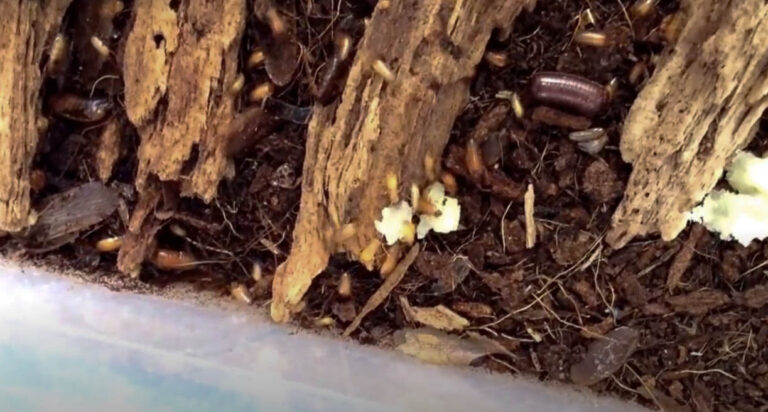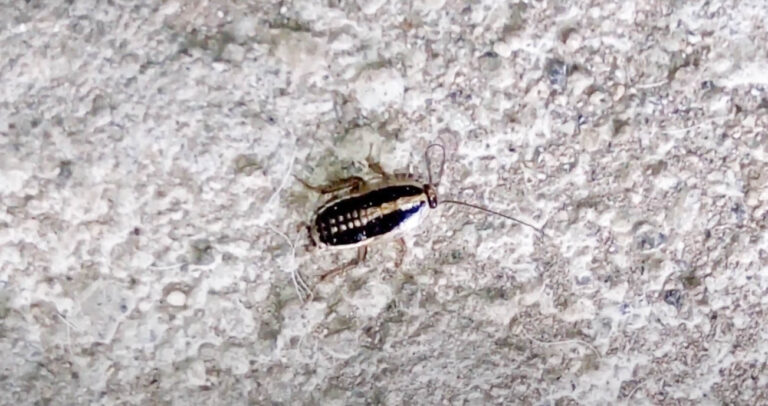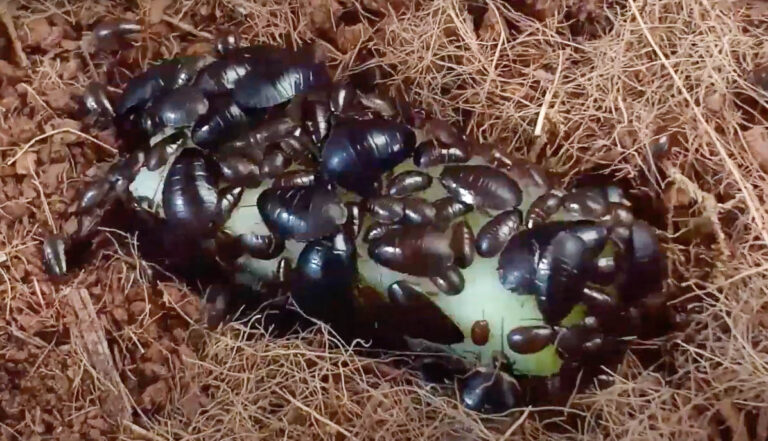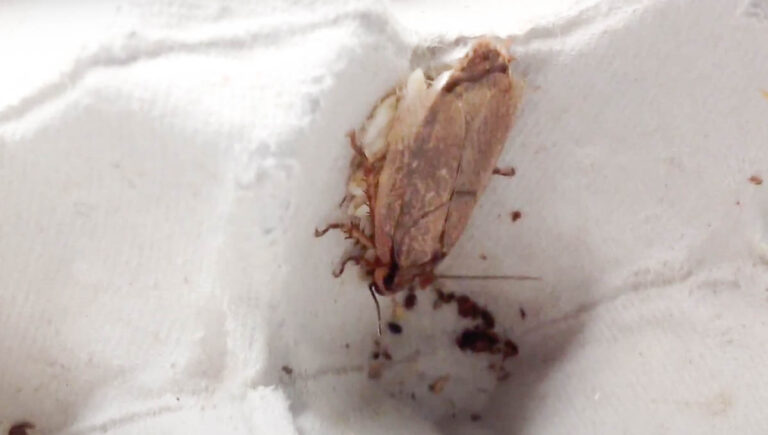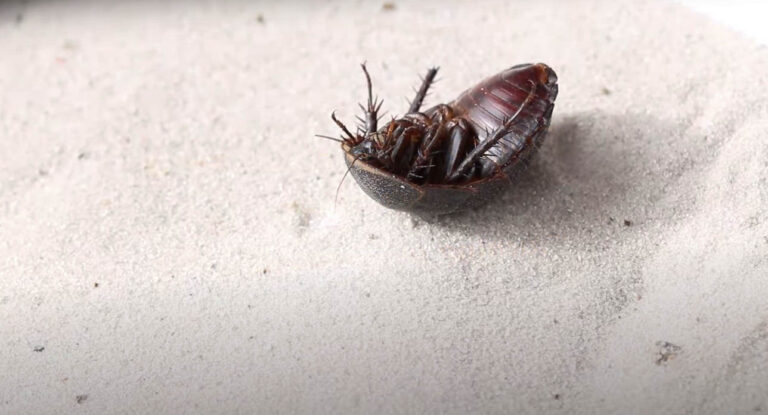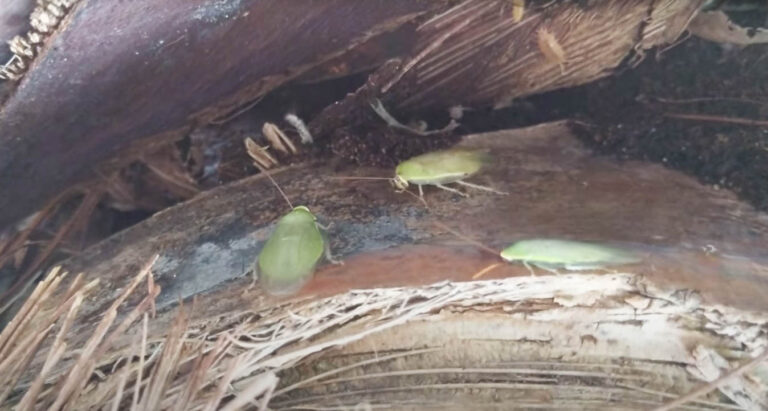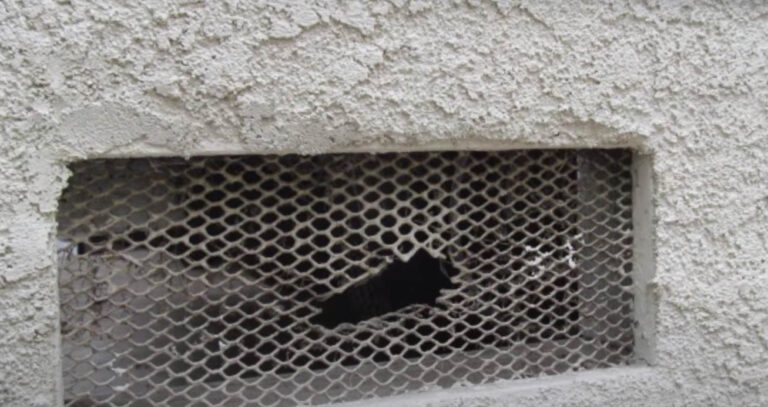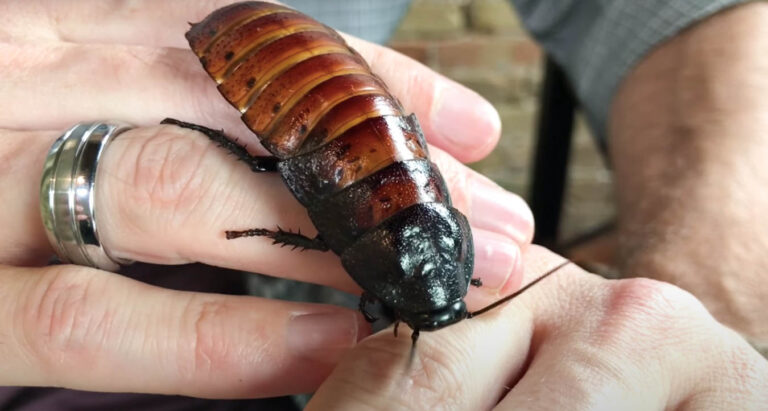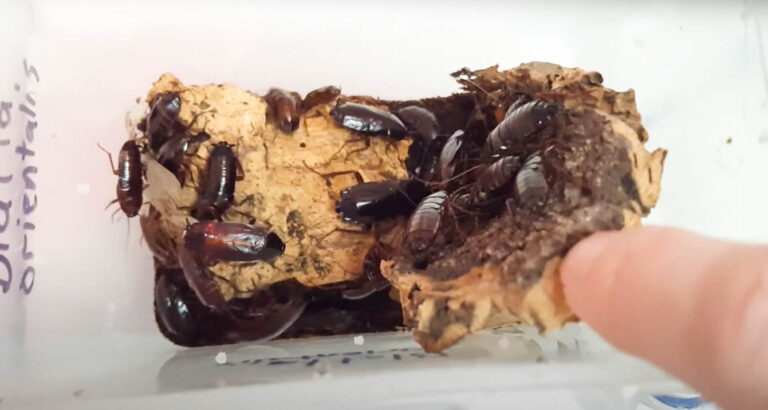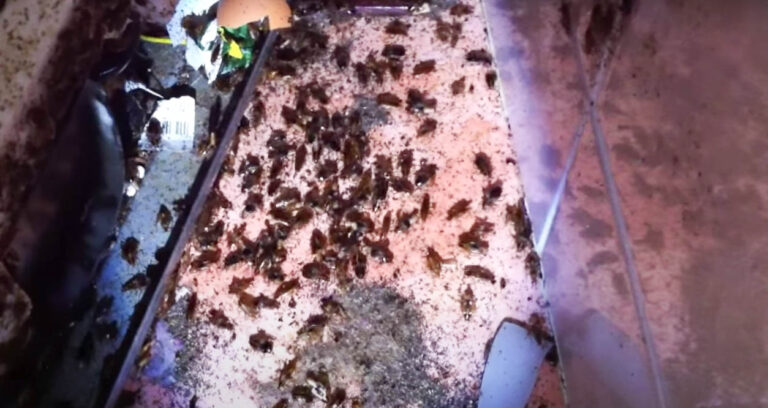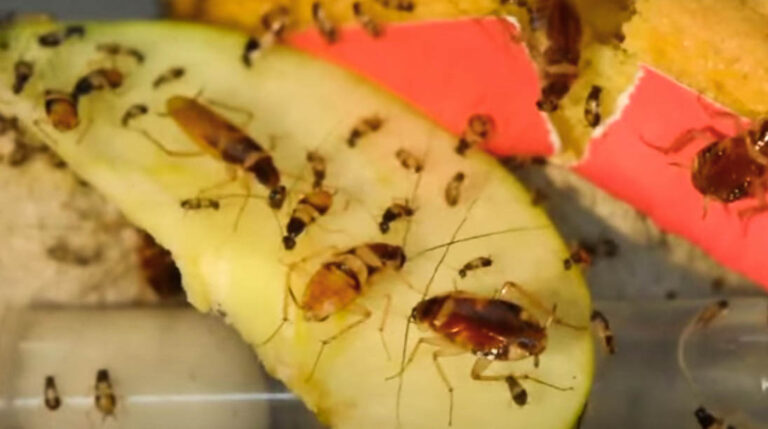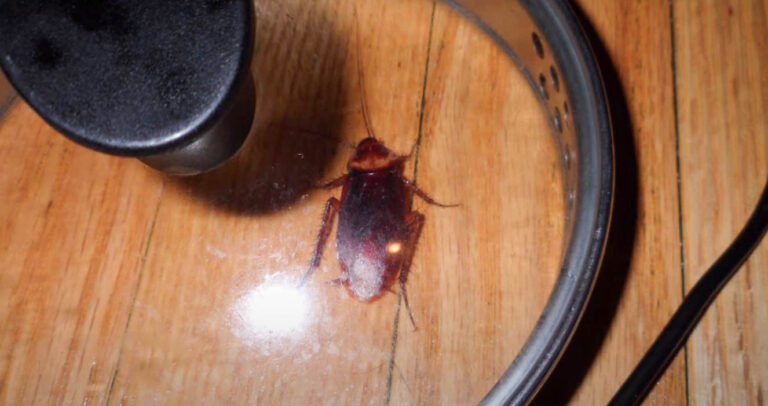About Smokybrown Cockroaches
About Smokybrown Cockroaches
The smokybrown cockroach (Periplaneta fuliginosa) resides mostly in the outdoors, and as the name suggests, it is a dark, shiny, brown, large cockroach. They have wings that fully cover their body and extend beyond their bodies. Adult smokybrown cockroaches grow up to 38 mm long.
Appearance
An adult smokybrown is almost identical to the American adult cockroach, except for a few distinctive features. Smokybrown cockroaches are smaller; their bodies are shiny brown and uniformly colored. The American cockroach is light-colored and has a trace of yellow pigment behind its head(Pronotum). Smokybrown cockroaches have longer antennae, and they are more attracted to light compared to the American cockroach.
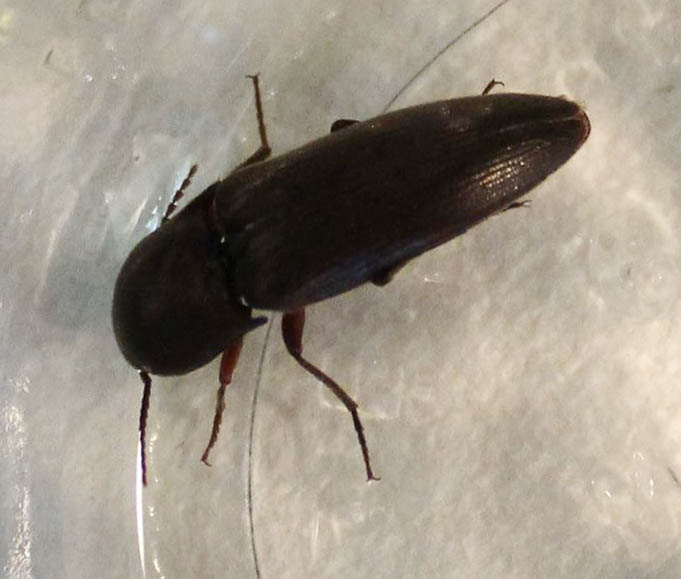
a. Egg
The ootheca that holds the eggs is dark brown with a size of 10-12mm long. Each case holds up to approximately 25 eggs. The females carry the ootheca for two days before gluing it in safe, hidden areas. The incubation period for the eggs is 50 days depending on the environment.
b. Nymph
The nymphs have a white band on their back and do not have wings in the initial nymphal stages; they go through several molting stages to become adults. In the last stages, the nymph is almost identical to adults.
c. Adult
The adults have fully developed wings that extend beyond their bodies. They grow to a maximum of 40mm long with a uniformly distributed brown color. They hide in brown leaf litters to camouflage from predators. The antennae of adult roaches are long; they can be longer than the size of the cockroach.
Behavior
They are active at night when they can comfortably roam around without being seen. They remain hidden in dark places like under rocks or in tree holes to escape harsh weather during the day. Smokybrown cockroaches dehydrate quickly; therefore, they prefer a moist environment. They feed on food residue, dead insects and plants, and fecal matter. They have a few negative impacts on humans; they can carry diseases to homes and cause bacterial infections. They rarely bite, but even if they do, the effects of the bite are very minimal. Besides that, they’re good fliers; they can fly their way to different destinations. Smokybrown cockroaches are typically common in basements and ground floors. Some of the attractants that might bring these pests to your home include sewer openings, leaky roofs, exposed trash, and wood stacks. If you happen to find smokybrown cockroaches in your house, chances are high they crawled through the smaller holes in the sidings and perhaps through any entry hole or crack on the siding. And at times, they can just fly through the open windows and doors.
Life cycle
Smoky brown cockroaches go through three life cycle stages; egg, nymph, and adult. The female can produce 17 egg-cases. In a suitable environment, the smokybrown cockroach can multiply in enormous numbers that can cause an extreme infestation. Its average lifespan is half that of an American cockroach; they can live up to 280 days in a favorable environment. The nymph takes about a year to develop into an adult cockroach.
Habitat
Smoky brown cockroaches reside outdoors near human dwellings, but they can sneak into houses from time to time to look for food or escape harsh weather elements. They find their way into homes through ventilation spaces, water drainage pipes, open doors, and windows. Most smokybrown cockroaches die of dehydration when they fail to find their way out. They look for places that have the same conditions as those found in the outdoors. Where to find smokybrown cockroaches:
a. They are attracted to light; you will see them fly towards the light.
b. Around garbage cans, the rooflines, woodpiles, leaf litter, and gutters.
c. In the southern parts of the United States, smokybrown cockroaches reside outside in tree holes and on palm trees.
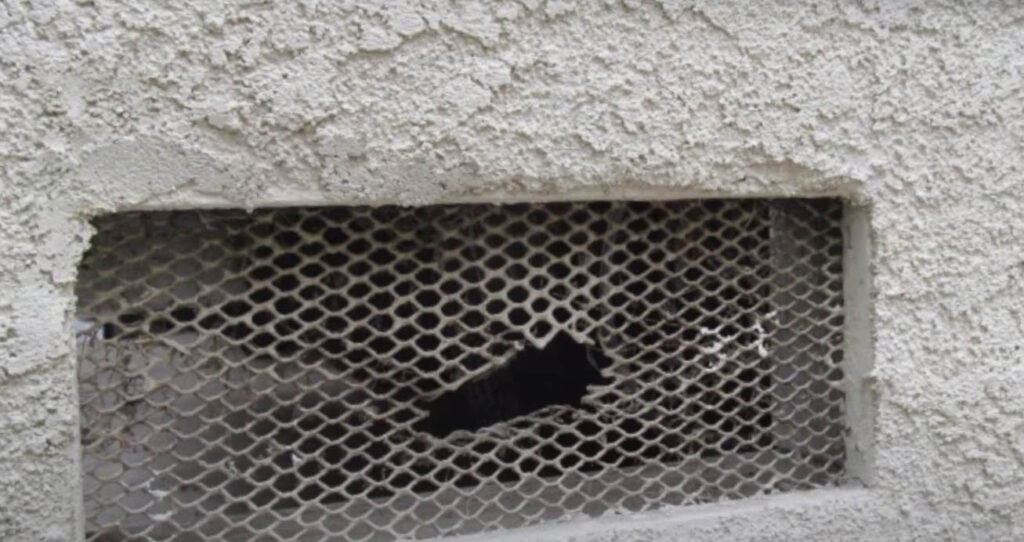
Control
The most effective way to control smokybrown cockroaches is to seal all the entry points like cracks and holes and avoid leaving food residue out overnight.

